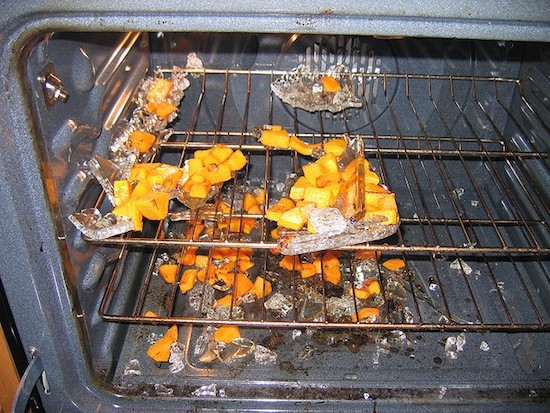
As hard as it may be to swallow, the people who cook on TV are occasionally wrong. It's not just pronunciations (it's “broo-SKET-tah”, damn it), it's techniques. Some of them are TV tricks using previously prepared food, and some of them are just plain errors.
]
1. How to hold a knife
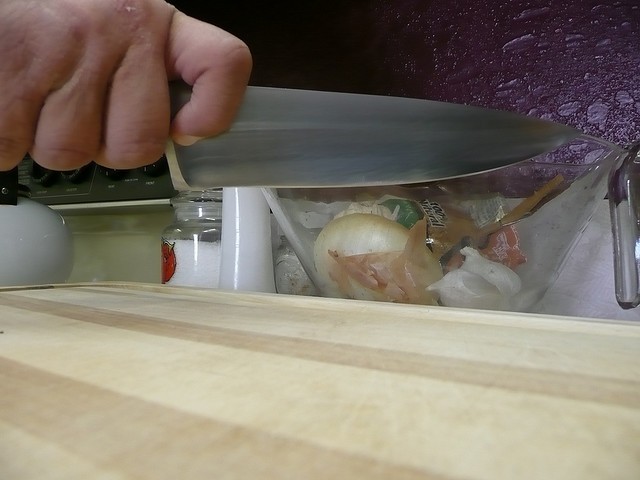
Quick, what's the fastest way to tell
professional chefs from rank amateurs? Watch how they hold a chef's
knife. The second that index finger sticks out along the spine of the
knife, it's a clear signal the person has never had to chop massive
amounts of anything. It gives the illusion of control, but in fact the
knife is less steady. Professional chefs hold both sides of the blade
with the handle tucked under their wrist, from which vantage point it is
impossible to slice one's finger off (see picture above). Sadly, this is more common than
one would think on the television.
2. Oil in the pasta water
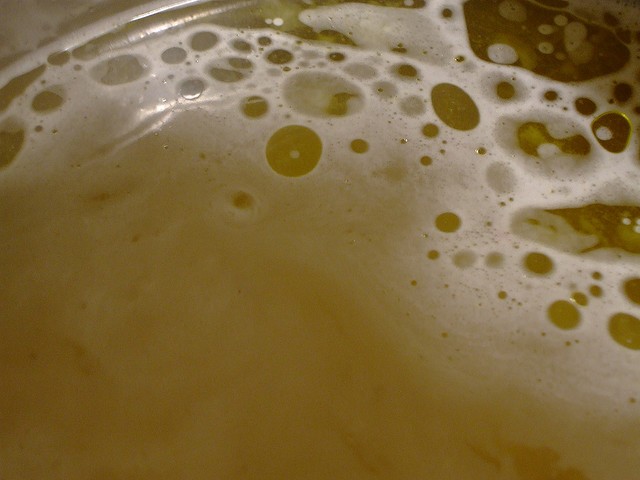
Mario
Batali must have a heart attack every time some non-Italian puts a blob
of oil in a pot of boiling water for pasta. It should be common sense.
Oil floats on water, even boiling water; if it's floating on top of the
water, it can't keep the pasta on the bottom from sticking, can it? Even
putting the pasta through the oil on the way down won't help. If you
want your pasta not to stick together, boil it in plenty of salted
water, then save a bit of the cooking water for when you finish your
pasta in the sauce (you do that, right?)
[3. Using cold tortillas
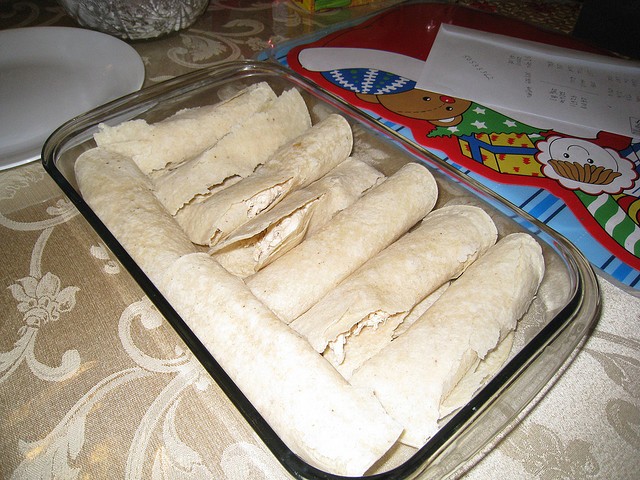
It's frustrating to try and replicate a TV show's recipe only to find
that one crucial step was left out of the show and the accompanying
recipe. As an example, trying to make burritos or enchiladas with cold
tortillas is an exercise in frustration. Tortillas, both corn and flour,
have to be warmed before they become pliable, yet somehow TV chefs near
and far neglect to mention this. They don't have to be cooked in oil,
either–the usual method in Mexican kitchens is to heat the tortillas
directly on the stove burner. If that skeeves you out, use an ungreased
skillet.
4. Mis-salting large pieces of meat

Yes, it's important to salt meat and salt it well; if you're making an
enormous roast, however, salting the outside means the outside will be
saltier than the inside. That's actually not bad, as long as slices
include the salty crust and the less-seasoned insides, but many times,
the meat is mis-cut as well as mis-salted. A better option, depending on
what the final dish is, may be marinating, which gives the salt time to
be absorbed further into the meat.
5. Eating baked goods straight from the oven
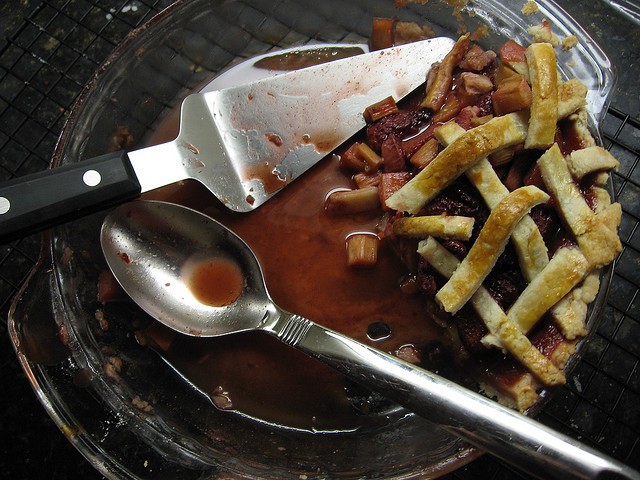
In the world of food porn, the “money shot” is the food-gasm face the
chefs all make when tasting their just-ripped-from-the-heat food. This
works perfectly when it's a pasta dish, but baked goods, especially
bready baked goods, need to sit and cool nearly completely before the
gluten sets. Fruit fillings, too, need to cool to set–the way to spot a
switcheroo on the baked good is when the TV chef cuts into the apple pie
she's just taken out of the oven, and it doesn't run all over the place.

